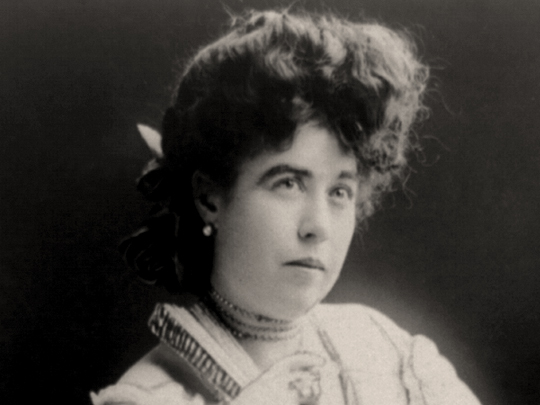Bain News Service / Wikimedia Commons / CC-BY-SA-3.0 / GFDL
Margaret ‘Molly’ Brown
(Philanthropist)
18 July 1867 – 26 October 1932 (Aged 65)
Brown was an American philanthropist and human rights activist, who survived the sinking of the Titanic, during which her efforts to save people earned her fame and admiration in America.
During World War I, Brown was in France and worked with the American Committee for Devastated France, which earned her the Legion d’Honneur, the highest decoration in France.
In her later years, Brown devoted much of her time championing the causes of women’s rights, worker’s rights and the education and literacy of children. She also worked as an actress in her final years.
George Eastman
(Inventor)
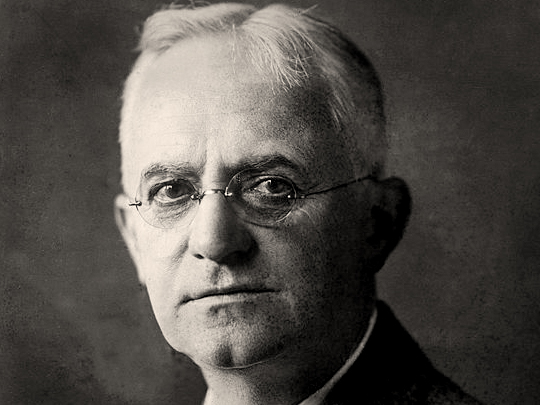
12 July 1854 – 14 March 1932 (Aged 77)
Eastman invented the Kodak and Brownie cameras, making him one of the most successful people of the late 19th, and early 20th, century.
He became a leading philanthropist, known for his generosity, he contributed vast sums of his wealth to promote many causes, including education and health.
His development of the film roll, opening the way for motion pictures, earned him a star on the Hollywood walk of fame, in the Motion Picture category.
The second star for him was placed outside the Kodak theatre after it was built.
Eastman grew increasingly depressed in his last couple of years, due to a debilitating spinal condition. He committed suicide to end his suffering, by shooting himself in the heart.
Marshall “Major” Taylor
(Cyclist)
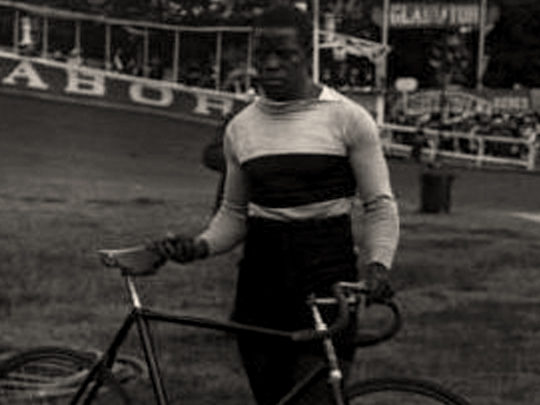
26 November 1878 – 21 June 1932 (Aged 53)
Taylor was the first African-American world champion cyclist. He was only the second African-American to become a world titleholder in any sport.
During his career, Taylor held numerous world records, while also being on the receiving end of much racial discrimination.
After his cycling career, he suffered a failed marriage, while the stock market crash, as well as poor business investments and ventures, saw him spend his final years in poverty.
He died of a heart attack, aged 52, but, when no one claimed his remains, he was buried in an unmarked pauper’s grave near Chicago.
However, in 1948, a group of ex-cyclists raised money to exhume and rebury him in a proper grave.
Kenneth Grahame
(Author)
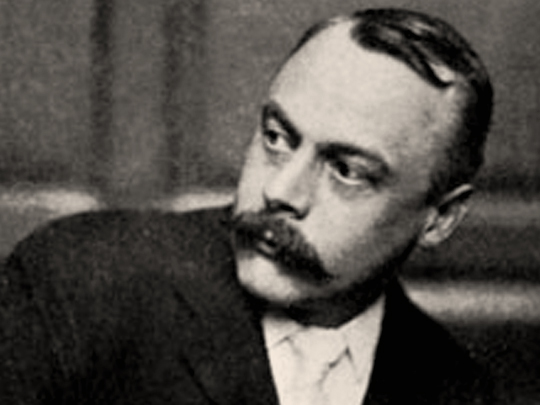
8 March 1859 – 6 July 1932 (Aged 73)
Grahame was a Scottish writer most famous for his classic children’s book, The Wind in the Willows.
He was a banker by trade but wrote in numerous stories in his spare time. The Wind in the Willows story was borne out of bedtime stories he used to tell his son, Alastair.
Alastair was born blind in one eye, in addition to other disabilities, with which he struggled as he grew older. He was found dead on a railway track, just shy of his 20th birthday. Though recorded as an accident, it is suggested it was suicide.
Kenneth Grahame and his wife struggled with life following Alastair’s death, after which Kenneth wrote next to nothing. He died 12 years later.
‘Lady’ Isabella Gregory
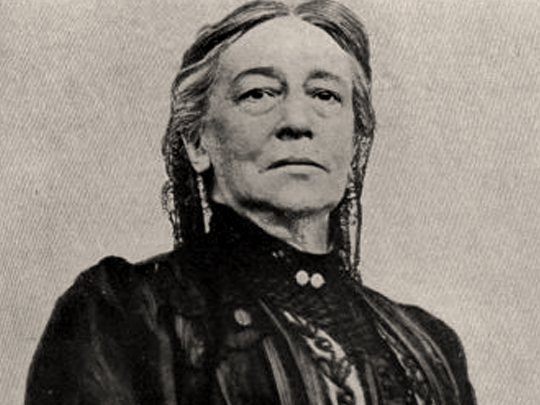
(Dramatist/Playwright)
15 March 1852 – 22 May 1932 (Aged 80)
Lady Gregory was the youngest daughter of the Anglo-Irish gentry in Galway, Ireland.
She became influential in the fields of literature and theatre, making significant contributions to both.
Her biggest legacy was co-founding the Abbey Theatre and the Irish Literary Theatre, along with William Butler Yeats, J.M. Synge, and Edward Martyn.
